

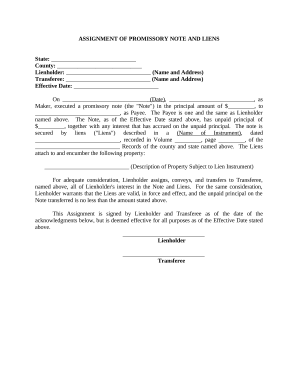
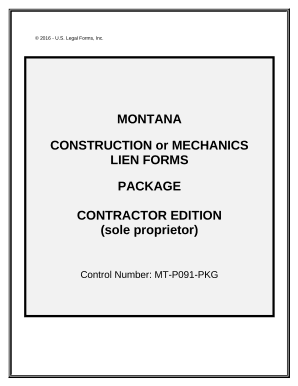

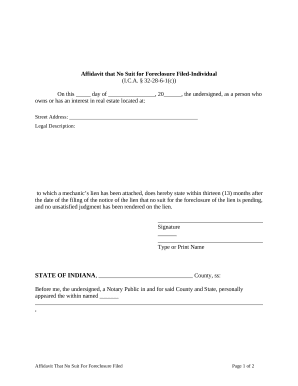

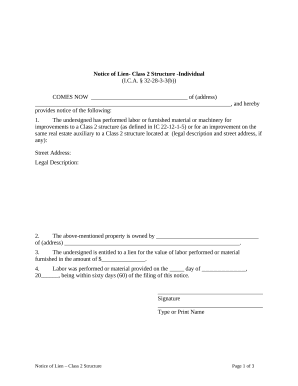
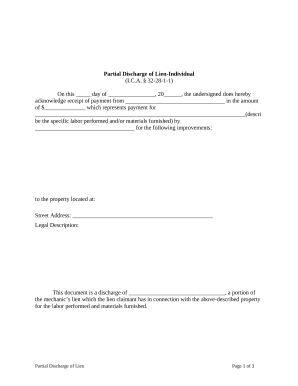

Speed up your document managing using our Real Estate Lien Documents category with ready-made form templates that meet your requirements. Access your document, alter it, complete it, and share it with your contributors without breaking a sweat. Start working more efficiently with the documents.
How to use our Real Estate Lien Documents:
Explore all the opportunities for your online document management using our Real Estate Lien Documents. Get a totally free DocHub account right now!